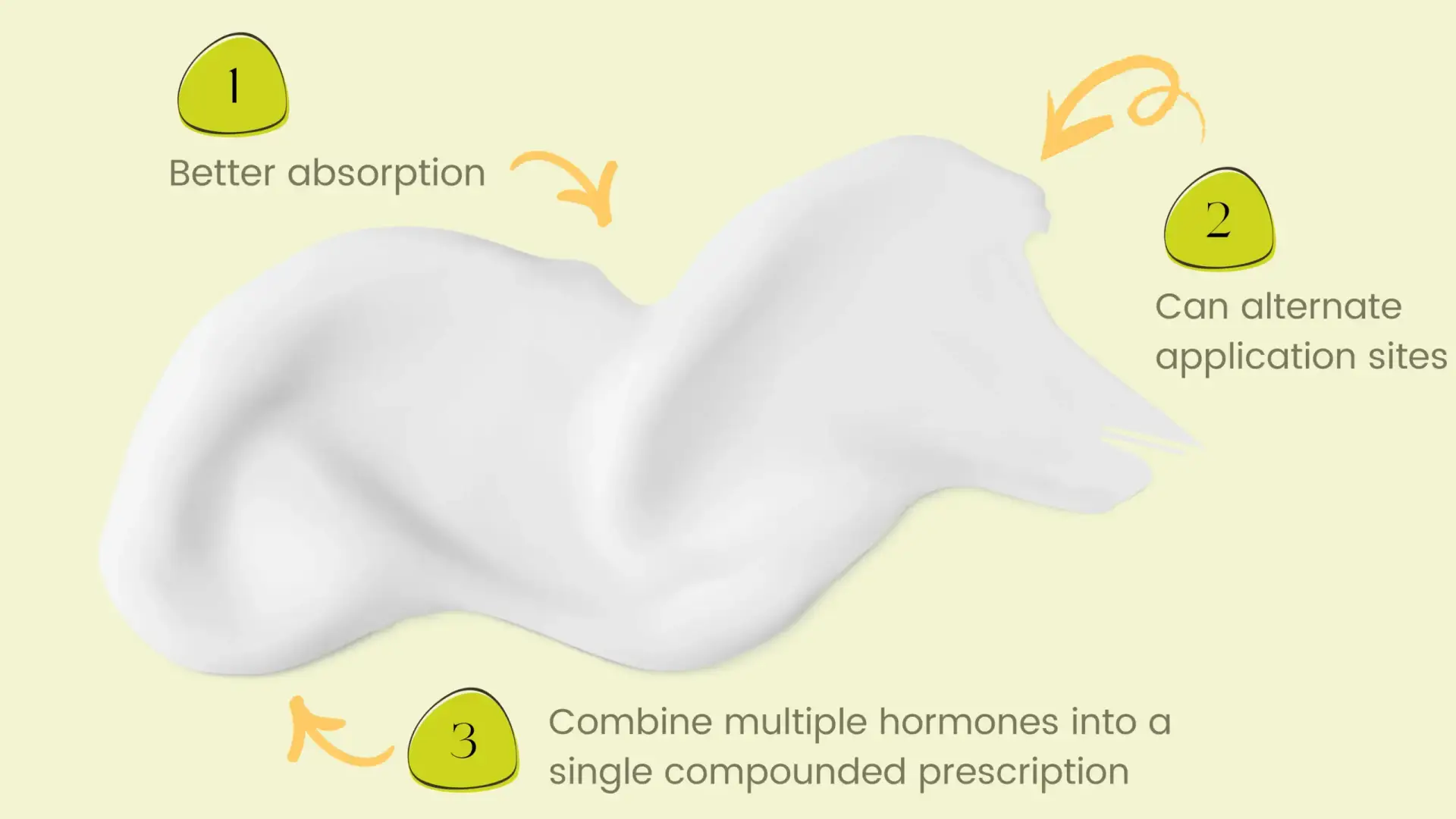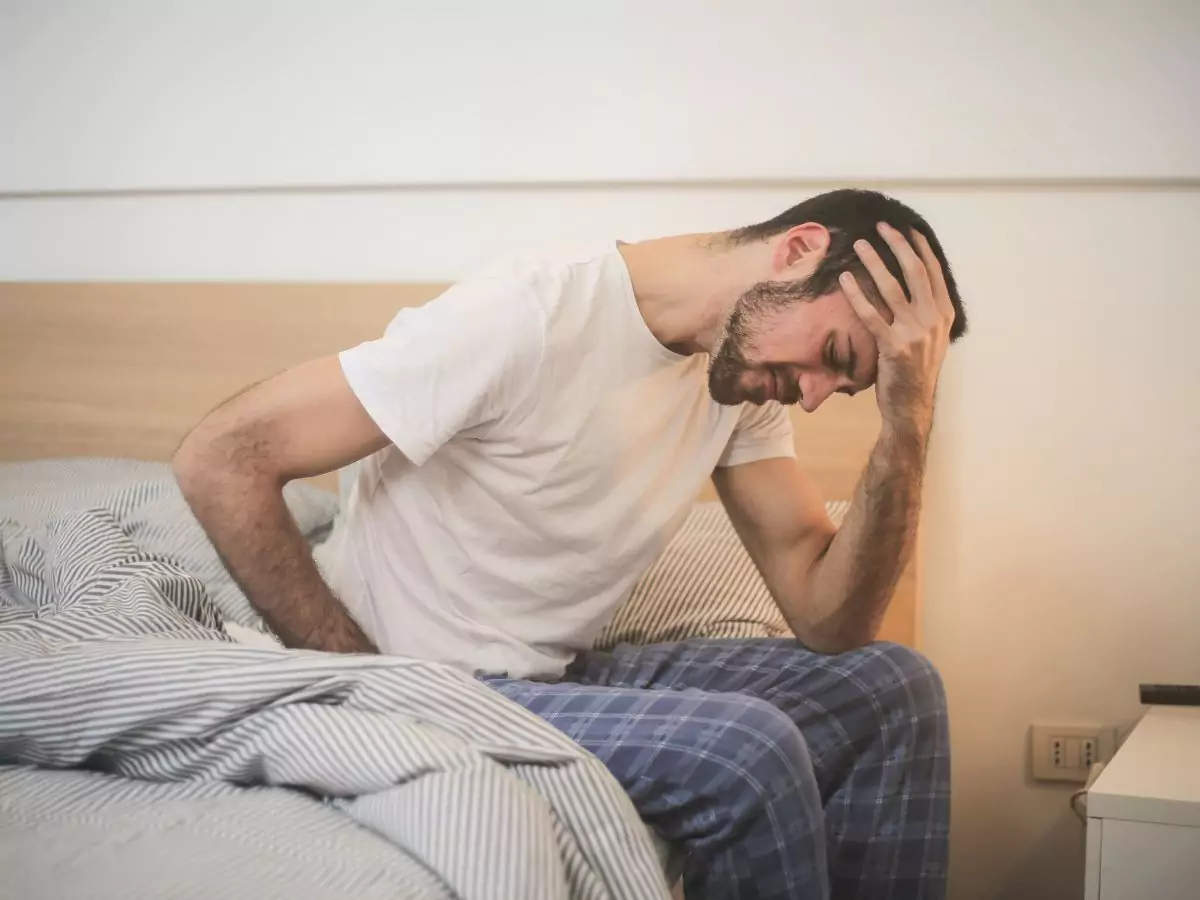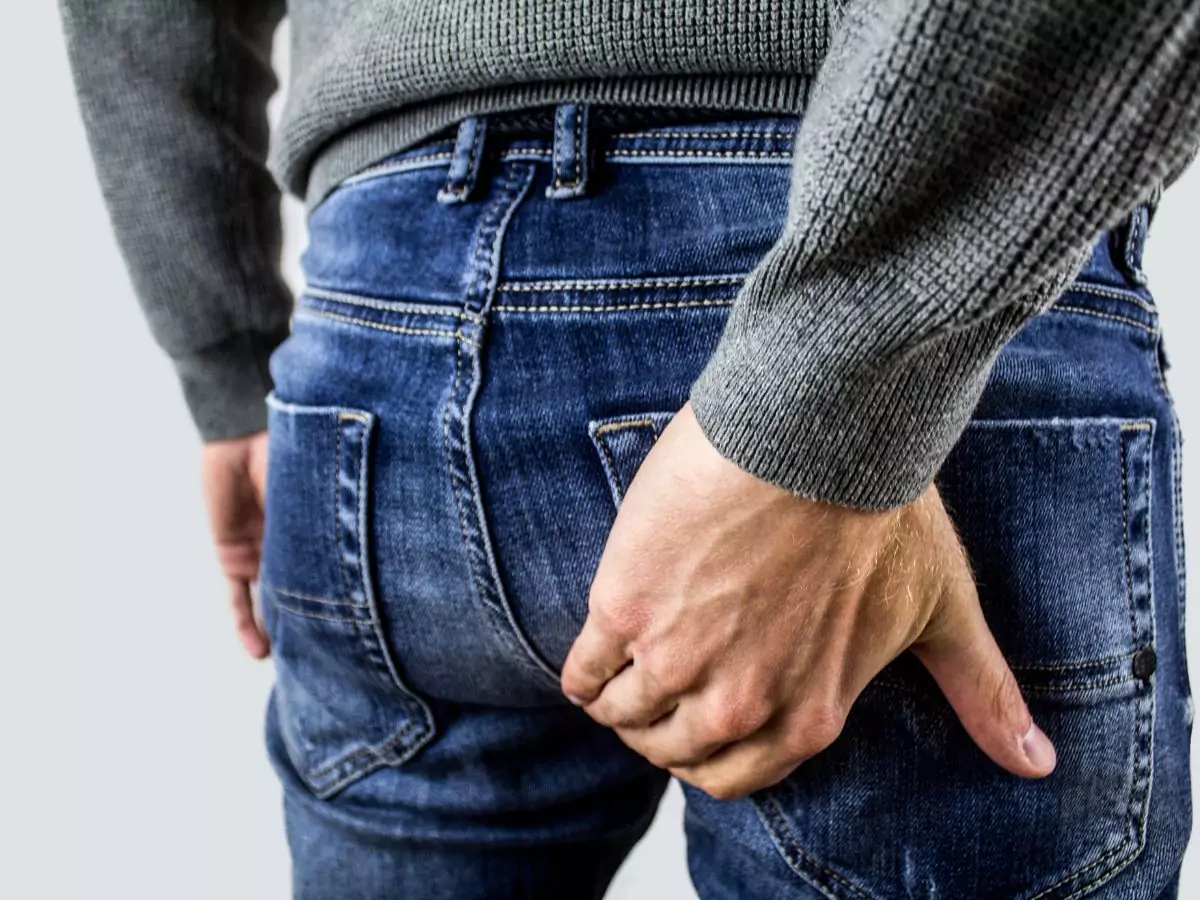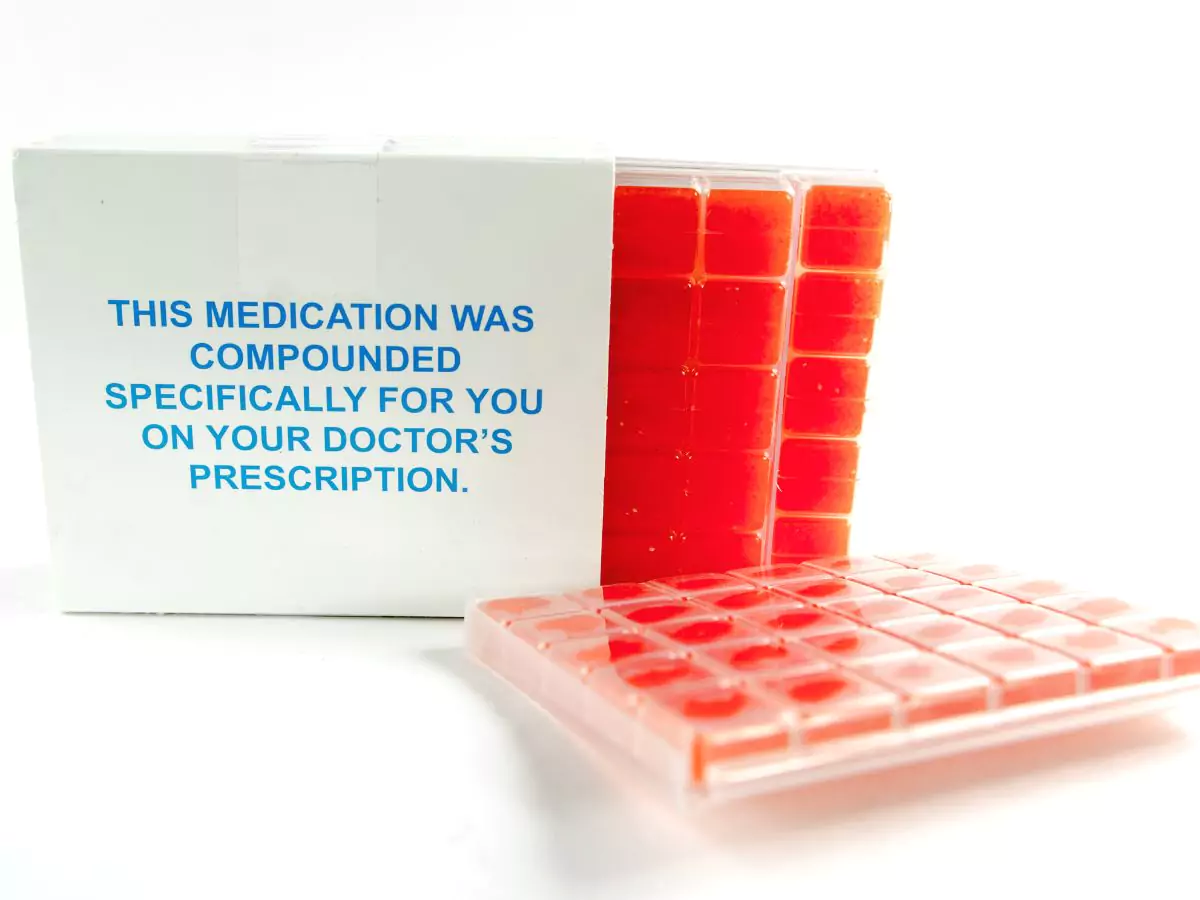
Hormone replacement therapy (HRT) for men primarily targets testosterone levels. As men age, their testosterone production decreases, peaking around 20 years of age. Testosterone levels typically decline slowly until about age 30, after which the decrease becomes more rapid.
For younger men, the average testosterone level is around 650 ng/dl. Adult males with levels below 300 ng/dl are considered to have low testosterone (hypogonadism).
Though the initial decline may be slight, it accumulates over time. By age 75, men typically have only two-thirds the testosterone levels of a 25-year-old.
While the decline in testosterone is usually gradual, some men may experience sudden changes. HRT can help manage these changes, improving overall health and quality of life.
A healthy adult male secretes 8-15 mg of testosterone daily. Beyond the levels present in the body, it’s essential to consider the daily production of this hormone.
At higher levels, testosterone can have diminishing returns. For example, men with 350 ng/dl typically have the same sex drive as those with 500 ng/dl.
Additionally, the body cannot effectively store excess testosterone. Surplus testosterone often converts to estradiol, and abnormally high estradiol levels can lead to adverse side effects.
Managing testosterone levels through hormone replacement therapy requires careful monitoring to avoid these issues and maintain overall health.



TRT can stimulate the production of red blood cells, which can lead to an overproduction. Too many red blood cells can increase the risk of blood clots, potentially causing severe health issues such as heart attack or stroke.
As with any medical treatment, it’s essential to consult with your physician to carefully monitor your health and ensure that TRT is safe and appropriate for your specific needs.
A significant concern is that testosterone can lead to growth in the prostate.
If prostate cancer is present, TRT can amplify its production and development, potentially exacerbating the condition.
Other potential side effects include acne, irritated skin, sleep apnea, reduced sperm production, and enlarged breasts.

TRT is most effective when the hormones estradiol and dihydrotestosterone (DHT) are also considered. Studies that focus solely on testosterone often report cardiovascular events and myocardial infarctions.
However, when hormone replacement therapy includes monitoring and managing levels of estradiol and DHT, studies show no adverse effects on myocardial infarction risk. Properly administering TRT by balancing estradiol, DHT, and testosterone levels can significantly reduce the risk of adverse effects.
During TRT, regular monitoring and health checkups are always advised to ensure safety and effectiveness. Consulting with a physician for comprehensive hormone management is essential for achieving the best outcomes.

The cost of testosterone replacement therapy (TRT) can vary depending on insurance coverage and the method of administration.
For example, a one-month supply of AndroGel can cost $826 or more. Troches, however, offer a more affordable alternative.
At ClearSpring Pharmacy, a one-month supply of testosterone troches starts at just $98, providing enough for one sublingual troche per day.
Patients should consult with their healthcare professionals and insurance providers to determine the most accurate pricing and best options for their TRT needs.

Testosterone therapy offers various forms, allowing clients to choose based on their preferences and lifestyle.
Traditionally used for testosterone administration, injections are intramuscular and typically administered into the gluteal muscle. This method requires careful sanitization of the injection site and needle before use.
These adhesive patches resemble band-aids and deliver testosterone through the skin. Patients wear them continuously and replace them every 24 hours, ideally at the same time each day. The patches are best when applied to areas with thinner skin, like the upper arm or thighs.
Testosterone gels are absorbed through areas with thinner skin, such as the upper arms and thighs. Patients apply the gel themselves and must be cautious to avoid cross-contamination.
Sublingual lozenges that dissolve under the tongue, troches are preferred by many due to their convenience, lack of cross-contamination risk, and efficient absorption into the bloodstream. This method quickly raises hormone levels.


If you’ve thought about hormone replacement therapy, please get in touch with us! Our pharmacists are knowledgeable and passionate about hormone therapy.
This option can be life-changing for many people who experience a lower quality of life due to no fault of their own.
We can help you decide whether HRT is a good fit. Fill out our form and reach out to us today!
Call/Text: (303) 333-2010
Fax: (303) 333-2208
Monday – Friday: 10 am to 6 pm
Saturday: 10 am to 2 pm
Sunday: Closed
Monday – Friday: 9 am to 6 pm
Saturday: 9 am to 1 pm
Sunday: Closed
Call/Text: (303) 795-4300
Fax: (303) 795-5849
Monday – Friday: 8 am to 5 pm
Saturday & Sunday: Closed
DISCLAIMER: A prescription from a licensed practitioner is required for compounded medications.
The content and photographs on this website are copyrighted or licensed material and may not be downloaded for other than personal use. Retransmission, republication, reproduction, or any other use of the content or photographs is prohibited.
©ClearSpring Pharmacy
Website Development by Storey Marketing